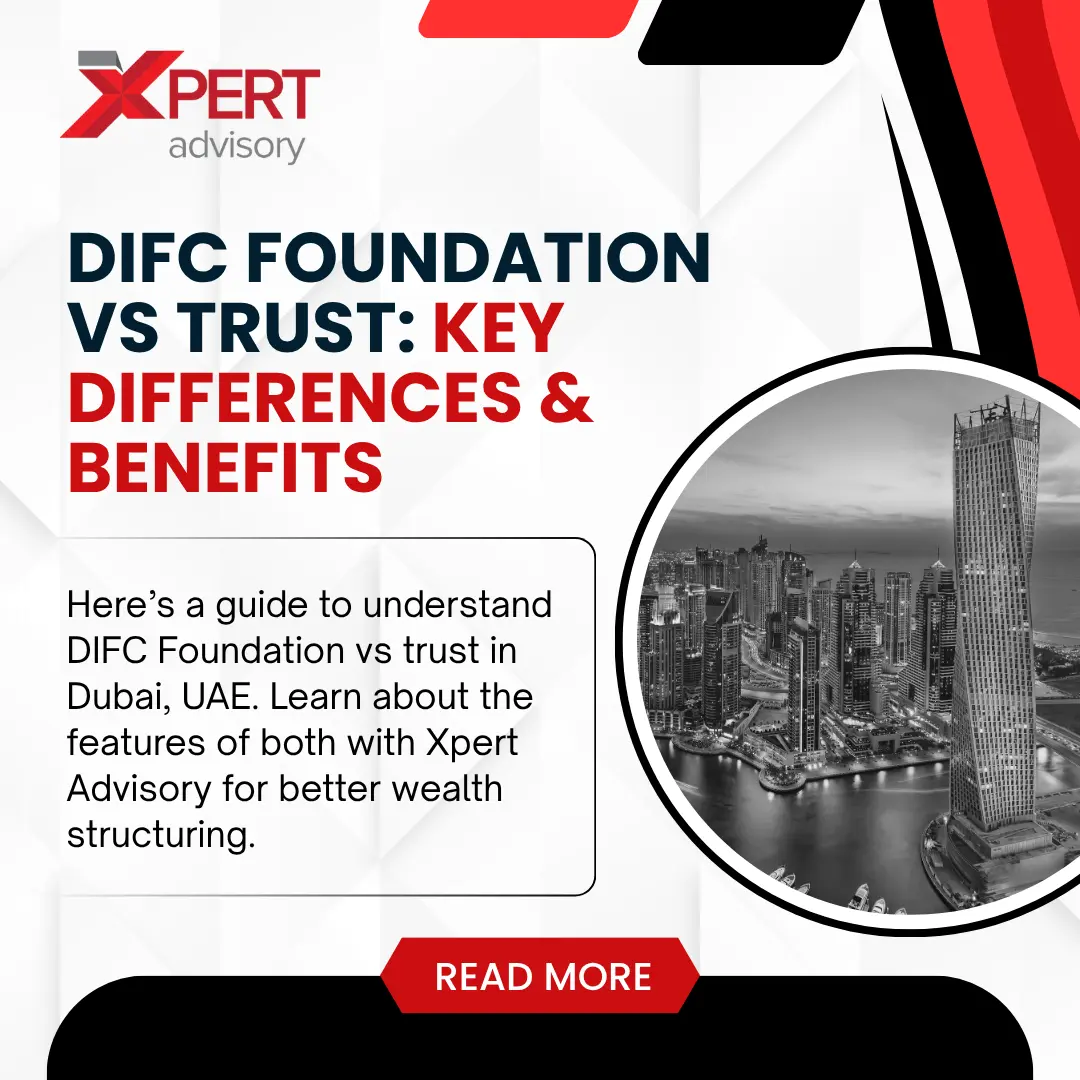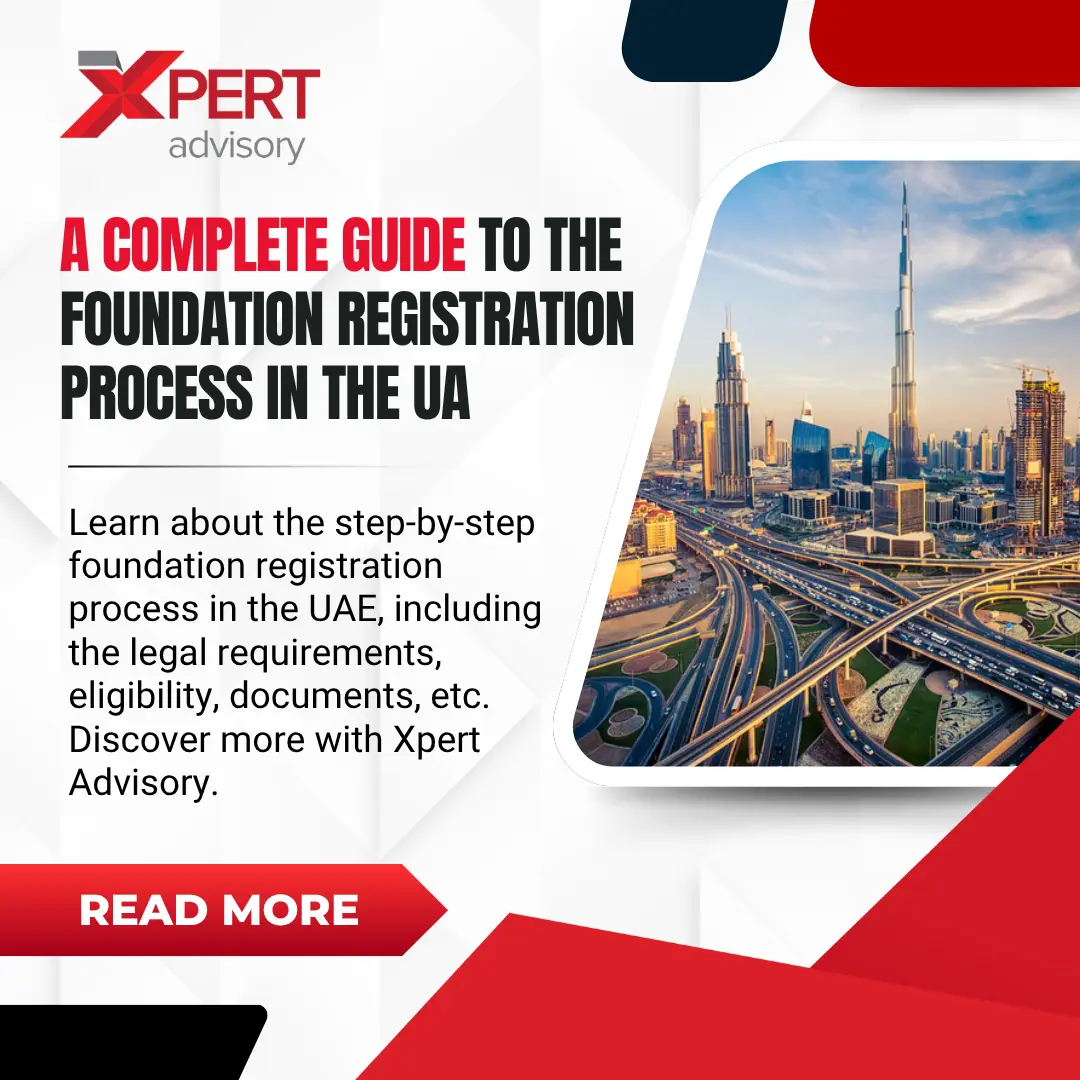Customer Due Diligence (CDD) is the backbone of AML compliance in the UAE, acting as a critical shield against money laundering. By verifying identities, assessing risks, and monitoring transactions, CDD ensures financial transparency and prevents illicit activities. With stringent regulations in place, the UAE mandates robust CDD measures to safeguard its financial system and uphold global compliance standards. This guide explains CDD in money laundering and how it is used by financial institutions to prevent illicit activities and ensure regulatory compliance.
CDD and Money Laundering
Customer Due Diligence or CDD is a crucial process for verifying the authenticity and legitimacy of potential customers. It involves cross-checking the details provided by customers to ensure their legal accuracy and validity. As mandated by Article 5 of the UAE’s Anti-Money Laundering and Combating the Financing of Terrorism and Illegal Organisations (AML/CFT) Decision, reporting entities need to conduct CDD procedures before starting a new business relationship or making any transaction.
The link between CDD and money laundering is especially significant in the UAE, given its status as a global financial hub. Organizations require proper investigations to stop enabling lawful financial transactions. International reports indicate that billions of dollars flow through worldwide money laundering operations annually which emphasizes the need for heightened vigilance from UAE institutions. UAE financial institutions need robust CDD practices which enable them to identify suspicious activities before notifying the UAE Financial Intelligence Unit against financial crimes affecting the nation.
Significance of CDD in Preventing Money Laundering
CDD helps in evaluating regions or markets, analyzing the extent and frequency of transactions, and effectively allowing institutions to assess the risk of money laundering activities. Here is why CDD in money laundering is important.
Fraud Prevention and Risk Mitigation

The prevention of financial fraud through CDD happens by validating customer identity alongside reviewing business partnerships. The implementation of detailed inspection protocols enables institutions to discover fraudulent activities such as money laundering which they can then reduce in number. The implementation of global Anti-Money Laundering regulations becomes possible through CDD which helps reduce transactional risks between different borders.
Customer Segmentation for Targeted Risk Management
Financial institutions perform Customer Due Diligence to divide their customers into groups using risk-related attributes including geographic location and business sector and transaction patterns. The arrangement into risk categories helps institutions use their AML resources effectively by directing protection measures to proven dangerous customers without placing extra hurdles on less risky cases.
Strengthening Reputation and Public Trust
Strong CDD procedures create protective measures that help financial institutions avoid legal issues as well as financial loss and negative reputation. Financial institutions which thoroughly perform their due diligence duties build trust among the public while maintaining strong systems of financial integrity and security.
Enhancing Law Enforcement Collaboration
The identification and reporting of suspicious financial transactions depend largely on CDD as law enforcement receives help from financial institutions through this mechanism. Information sharing with regulatory authorities at the right time leads to improved criminal investigations which results in successful prosecutions against money laundering schemes and financial crimes.
Ensuring effective AML Compliance and Adaptability
Financial institutions need an effective AML compliance system that evolves with changing industry standards. A strong CDD system gives financial institutions the tools to improve their AML program effectiveness. Continuous due diligence process assessment enables institutions to maintain regulatory compliance by staying one step ahead of developing financial crime methods.
Implementing Robust Internal Controls and Policies
Financial institutions must establish robust internal control systems and policy frameworks. Well-defined policies together with centralized data management in CDD operations will enhance internal control systems. Financial institutions protect compliance and transparency through structured due diligence and whistleblower programs and heightened risk-specific monitoring of customers.
Types of Customer Due Diligence
Financial institutions depend on Customer Due Diligence (CDD) as their main process to satisfy the requirements of AML regulations. CDD procedures and their level present variations between different industry sectors. The following details the main CDD procedures institutions use for effective risk management purposes.
Simplified Due Diligence (SDD)
Financial institutions utilize Simplified Due Diligence (SDD) procedures because the risk levels for money laundering and terrorist financing remain low. The procedures need fewer identification checks and the requirement for updates occurs less frequently.
Publicly traded companies and government agencies and customers who come from low-risk locations need to undergo these procedures. Financial institutions conduct basic checks on these entities because they have both transparent financial records and strict regulatory oversight but provide no comprehensive assessment of business activities.
Standard Due Diligence (SDD)
Standard Due Diligence (SDD) serves as the standard procedure which financial institutions use to analyze customers presenting moderate risk factors. Essential details required for customer identity verification and risk assessment form part of the standard evaluation process by financial institutions.
Financial institutions execute this procedure by checking identification proof along with utility bills for customers while they determine transaction types. Detection systems monitor all customers by tracking their monetary transactions to find abnormal activity that signals possible criminal activity. The due diligence procedures get enhanced when there are significant changes to a business that operates regularly within expected limits.
Enhanced Due Diligence (EDD)
Companies implement EDD for particular customer groups including politically exposed persons (PEPs) or organizations operating within high crime susceptibility businesses. The process includes thorough background checks and beneficial ownership verification followed by ongoing transaction monitoring.
Detailed reviews of funding origin become necessary for financial organizations to verify lawful methods of funding acquisition. High-risk customers undergo more scrutiny to prevent illicit financial activities. To secure business funding PEPs must supply detailed evidence showing their financing resources are genuine.
Ongoing Due Diligence

An organization performs Ongoing Due Diligence as a continuous process that verifies customer financial rule compliance. Authorized periodic evaluations apply not just to high-risk but also to all risk categories of customers by monitoring behavioral changes in their financial activities.
Financial institutions use transaction monitoring tools to identify potential risks and irregularities, such as sudden large cash deposits or frequent wire transfers to high-risk regions. The occurrence of abnormal transactions from a customer initially labeled as low-risk prompts financial institutions to investigate their activities to stop potential criminal acts.
Step-by-Step Customer Due Diligence Process
Customer Due Diligence (CDD) represents a regulated verification system which allows financial institutions to confirm customer identity and measure their potential risks while complying with anti-money laundering (AML) rules. The following listing outlines the major steps needed for performing successful CDD procedures:
KYC – Identification and Verification
The Customer Due Diligence process starts with Know-Your-Customer procedures as its fundamental initial stage. The verification of customer identity, as part of the KYC process, takes place before financial institutions and designated non-financial businesses and professions (DNFBPs) begin conducting business with new clients. The CDD process incorporates two essential phases during its initial stage.
Identification and Collection of Customer Information
It is obtained by using the Know Your Customer (KYC) form during identification procedures. Financial institutions assess each customer between individual and business entities to determine what information demands to proceed with the enrollment process.
KYC for Individuals (Natural Persons)
- Full name
- Residential address
- Contact numbers (primary and alternative)
- Valid and accessible email address
- Date and place of birth
- Nationality and gender
- Government-issued identification number (passport, Emirates ID, etc.)
- Occupation and employer details
- Signature for verification
- Copy of a government-issued ID and proof of address
KYC for Businesses (Legal Entities)
- Business name and type of entity
- Nature and size of business
- Date and place of incorporation
- Board of directors’ information
- Shareholders’ or Ultimate Beneficial Owners (UBO) details
- Certificate of establishment/incorporation
- Annual financial report for the previous year
- Senior management information
- Trade license, Memorandum of Association (MOA), Articles of Association (AOA), UBO details, and organizational chart
In order to determine financial legitimacy, the assessment of high-risk customers requires additional information about their sources of funds and wealth.
Verification of Customer Information

It is obtained for identification that needs to be verified as a subsequent step. The process starts by confirming that all supplied information is genuine using:
- Government databases (e.g., Emirates ID portal, tax records).
- Independent institutions and third-party sources
- Cross-checking official documents such as identity cards, passports, tax receipts, and company registration certificates
Name Screening
Financial institutions need to conduct customer watchlist screenings against different international and local blacklists as a requirement to meet AML regulation standards. Name screening helps in detecting:
- Sanctioned individuals or entities: Organizations or users appearing on sanction lists issued by regulatory bodies like UAE Central Bank, UN and OFAC.
- Politically Exposed Persons (PEPs): People in positions of political exposure (PEPs) who occupied public positions face increased risks of corruption.
- Individuals with adverse media references: People who appear in negative media reports that indicate possible participation in criminal acts need special attention.
The screening automation system enables entities to run customer names against worldwide databases to execute proper responses when detecting any indications of risk.
Customer Risk Profiling
The financial institution makes risk evaluations for each customer or potential customer following identification procedures and screening of names. The risk assessment depends on various aspects including:
- Type and nature of the business relationship or transaction
- Customer’s nationality and residence status
- Political exposure (whether the customer is a PEP or linked to one)
- Payment methods used (e.g., cash transactions pose higher risks than bank transfers)
- Net worth and financial background
- Availability of supporting documentary evidence
- Transaction amounts and patterns
- Business structure complexity
- Involvement in local vs. international transactions
- Dealings with blacklisted or grey-listed countries
Customer Risk Rating
The risk profile determines customer placement into three hierarchical groups:
- Low Risk Customers: Engage in routine transactions with clear documentation and no red flags.
- Medium Risk Customers: Requires periodic monitoring and additional verification.
- High Risk: Requires Enhanced Due Diligence (EDD), frequent monitoring, and detailed scrutiny of transactions.
The level of risk associated with the customer determines which stringent monitoring systems and compliance protocols will apply to them, especially in cases of changes in customer profiles.
Ongoing Monitoring
After performing the necessary initial CDD process the monitoring system verifies that customer activities correlate with determined risk patterns. Key monitoring measures include:
- Reviewing high-value transactions and their legitimacy
- Analyzing unusual transaction patterns that may indicate money laundering
- Ensuring that customer behavior aligns with the expected financial activity
- Updating customer records periodically to reflect any changes in circumstances
The assessment of high-risk customers requires Enhanced Due Diligence (EDD) procedures with the steps involved:
- Increased scrutiny of transactions
- More frequent identity re-verifications
- Closer analysis of financial sources and business relationships
Each customer requirements two factors affect monitoring frequency: their risk levels and transaction complexities.
Reporting Suspicious Activity
All entities must file reports with relevant authorities whenever they discover suspicious financial activity throughout the course of CDD procedures. Financial institutions operating in the UAE are required through the goAML platform to transmit reports to the UAE Financial Intelligence Unit (FIU). Key reporting obligations include:
- The Suspicious Activity Report (SAR): Requires filing whenever a customer engages in suspicious operations including money laundering or financial crimes. A Suspicious Transaction Report (STR) becomes necessary when one detect suspicious activities or transactions, which deviates from normal customer activity patterns. The reporting process involves the submission of both
- High-Risk Country (HRC) and High-Risk Country Assessment (HRCA): Reports when dealing with customers who have connections with countries on the Financial Action Task Force (FATF) gray and black lists.
Company staff together with company directors and officers remain obligated by law to prevent customer access to information about filed SAR/STR reports for investigation purposes.
Record Keeping
The official record keeping procedure for CDD processes must comply with the UAE AML/CFT regulatory standards. All financial operations necessitate proper documentation for security of audit procedures and regulations enforcement.
The United Arab Emirates enforces specific regulations which dictate how long financial organizations and Digital Nomad Financial Businesses must preserve their records.
Record Retention Requirements in the UAE
- 5 years: Standard retention period for AML/CFT-related records across financial institutions and DNFBPs
- 8 years: Mandatory for Virtual Asset Service Providers (VASPs) under the Virtual Assets Regulatory Authority (VARA).
- 6 years: Required for DNFBPs and VASPs operating within the Dubai International Financial Centre (DIFC) and Abu Dhabi Global Market (ADGM).
Institutional records that follow systematic procedures help financial institutions and DNFBPs meet their regulatory obligations by providing demanded data to authorities and undergoing compliance checks. Additionally, they play a crucial role in ensuring compliance with regulations, strengthening financial crime compliance, and helping to ensure consistency in adhering to anti-money laundering standards.
Benefits of Effective CDD Measures in Preventing Money Laundering
Financial institutions and reporting entities must deploy an effective customer due diligence (CDD) system to evaluate money laundering along with terrorist financing risks while combating other financial crimes. Here are the major benefits of CDD in money laundering prevention:
Risk Mitigation
Reporting entities benefit from CDD by carrying out detailed customer assessment which helps to determine the degree of risks from money laundering and terrorist financing and proliferation financing activities. Implementing proper risk mitigation strategies as well as managing exposure to illegal activities becomes possible through this process.
Regulatory Compliance
Financial institutions need to perform CDD because it serves as a regulatory requirement which protects them from facing fines or penalties along with potential legal repercussions. CDD regulation compliance keeps financial institutions in legal compliance while building trust with regulatory organizations.
Prevention of Financial Crime
CDD protects organizations against financial crimes because it confirms customer identities while examining their financial activity patterns which function as the first line of protection for money laundering, terrorist financing and fraud attempts. CDD helps maintain the integrity of financial systems by reducing the risk of illicit activities through its preventive measures.
Adoption of a Risk-Based Approach
Through proper Customer Due Diligence implementation institutions can implement a risk-based approach thus concentrating strict controls on high-risk customers together with simplified processes for low-risk individuals. The specific focus of this strategy makes compliance more efficient and enables better resource utilization for AML programs.
Facilitates Ongoing Monitoring
CDD operates as a sustained system which tracks customer operations for any sign of risky conduct or modified risk status. A periodic examination alongside system updates enables financial institutions to identify evolving hazards as well as maintain compliance with legal standards and deliver reliable risk management solutions.
Conclusion
Financial institutions need Customer Due Diligence (CDD) as their initial defense against money launderers due to its crucial role in combating financial crimes. Financial institutions can identify attempts at money laundering and terrorist funding by combining customer identification verification with risk assessment and transaction monitoring through CDD. A robust CDD framework helps financial institutions meet AML regulations and decreases their financial risks and reputational harm while enhancing financial system integrity. An effective implementation of CDD brings dual benefits by meeting regulatory requirements while creating a safer financial environment through enhanced transparency.
Do you want to safeguard your business from the risks of money laundering and stay fully compliant with AML regulations? Xpert Advisory provides expert AML compliance consultancy services, including Customer Due Diligence (CDD), to help you verify clients and mitigate financial crime risks. Contact us today to streamline your AML compliance and secure the future of your business!
FAQs
What is Difference Between CDD and EDD in Money Laundering Prevention?
CDD in the realm of money laundering prevention is the standard process for verifying customer identity and assessing their risk profile, while EDD is a more detailed investigation for high-risk customers, including checks like criminal history and monitoring of transactions.
What are the CDD Requirements for New Customers in Preventing Money Laundering?
For new customers, CDD involves helping verify the identity, collecting information about a customer profile, and performing risk classification to remain compliant with AML regulations and mitigate money laundering risks.
How does Compliance with CDD Impact the Financial Industry?
Compliance with CDD ensures measures to ensure financial institutions are not involved in illegal activities, reducing the risk of legal consequences and helping them undertake effective actions to fight financial crime in their business environment.






